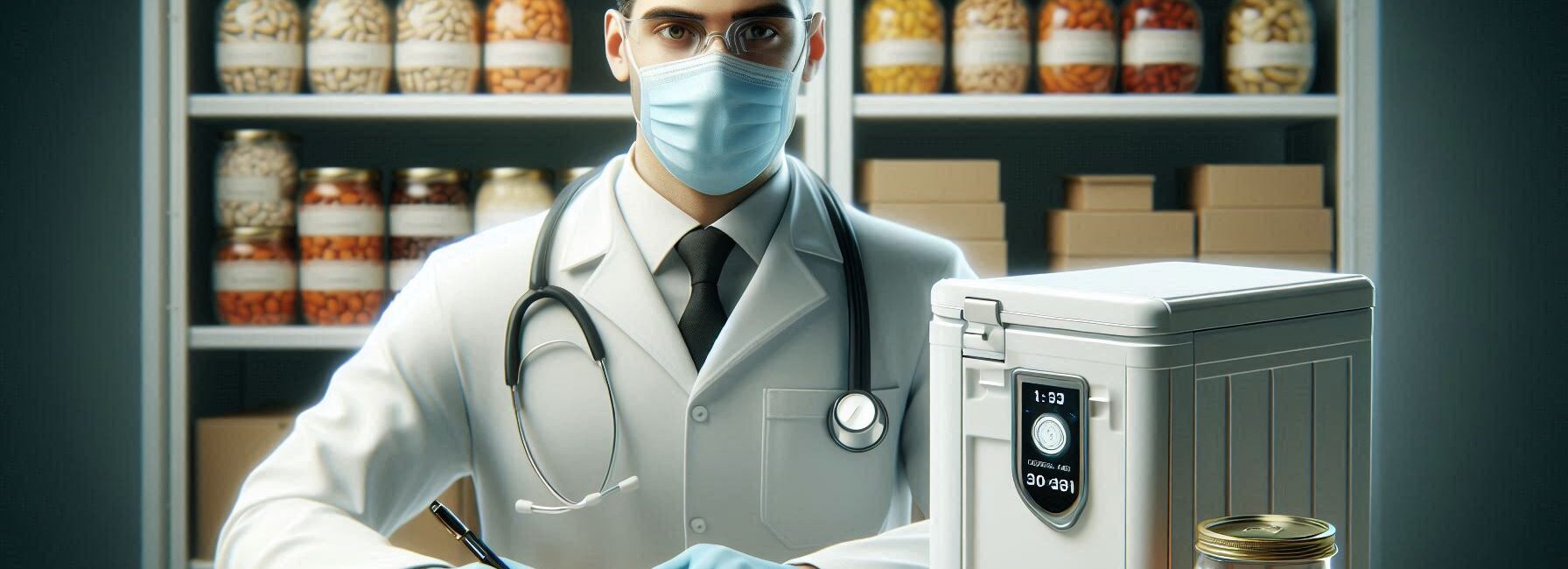Please Note: This post may contain affiliate links. If you click one of them, we may receive a commission at no extra cost to you. As an Amazon Associate, I earn from qualifying purchases.
Last Updated on October 19, 2025 by Kevin Collier
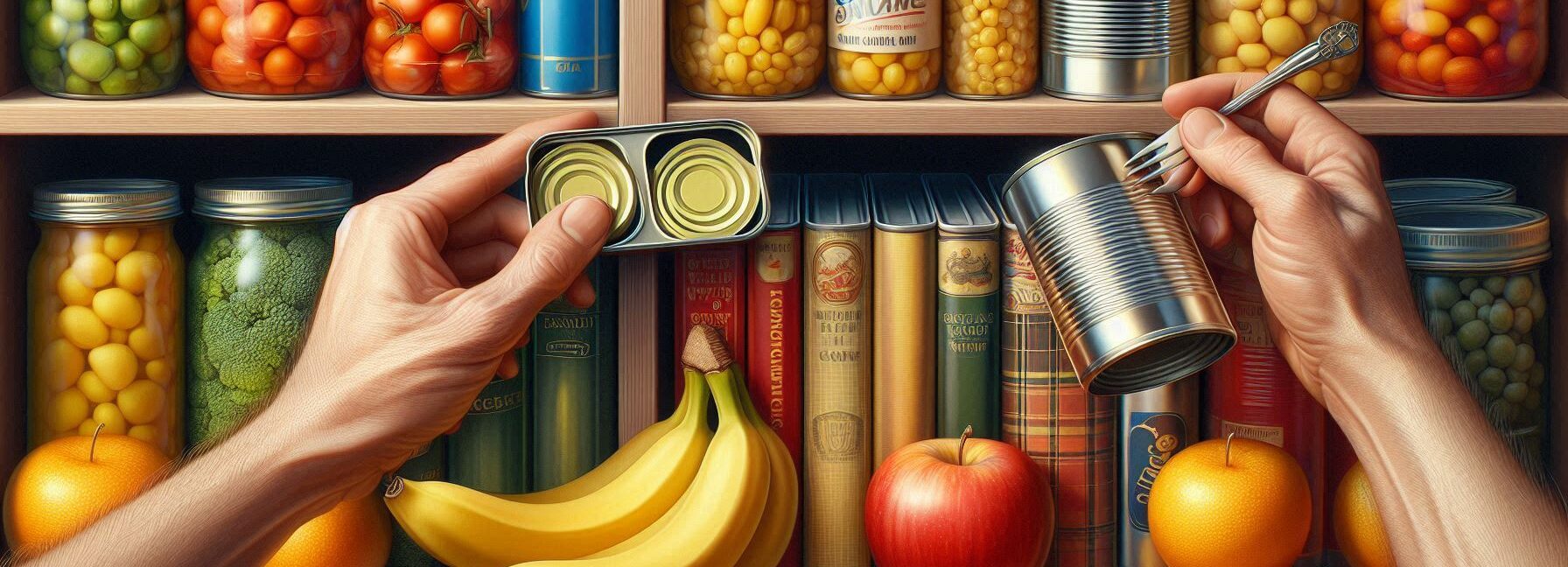
Top Takeaways and Key Concepts
- Store canned goods in a cool, dry, dark place between 50°F–70°F.
- Check cans regularly for rust, bulging lids, or expired dates.
- Organize cans by type and expiration date using “first in, first out.”
- Stack heavier cans on lower shelves and leave space for ventilation.
- Refrigerate any opened cans immediately to maintain freshness and safety.
Canned goods! They’re the little superheroes hanging out in your pantry. Seriously, they’re always there when you need a quick meal or when dinner seems a bit too complicated. Like, who wants to deal with burnt toast again, right?
Let’s chat about keeping those cans safe. Just because they’re all shiny and neat doesn’t mean they’ll last forever. They need some TLC too.
Find a cool, dark place for them. A closet works! Too much sunlight can make those cans lose their magic. Nobody wants sad, forgotten food. Keeping them away from heat is key. Think about it like giving them a cozy blanket!
Make sure to check the expiration dates. I know, who wants to think about that? But it’s like giving your cans a little birthday reminder. If a can looks rusty, or if it's bulging like it’s trying to show off at the gym, toss it. Better safe than sorry.
Organizing your cans can make a difference, too. Put the older ones in front and the newer ones in back. It’s like making them all take turns. You get to eat them before they get lonely and sad on the shelf.
When you open a can, if you can’t finish it all, don’t just leave it sitting out. Put it in the fridge right away. It keeps it fresh longer.
So, your pantry is like a treasure chest! With just a bit of care, those canned goodies will always be ready to jump in and save the day. You got this! Stock up, stay careful, and enjoy those yummy meals.
Choosing the Right Location
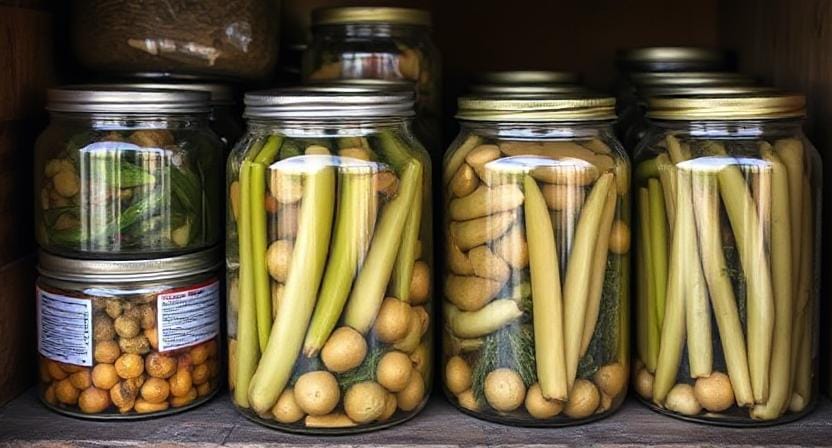
*** Shop for Survival Gear - Tools - Kits ***
Survival Gear - Bags and Backpacks - Knives - Boots/Footwear - Communication
Outdoor Cooking - Gloves - Hydration - Dry Boxes - Water Filtration Systems
Tents - Sleeping Bags - First Aid Kits - Multi-Tools - Flashlights - Fire Starters
Navigation - Survival Food - Night Vision - Headlamps - Stun Guns - Binoculars
First things first—where should you stash these cans? I once tried storing my canned goods in a damp basement after a particularly enthusiastic rainstorm. Spoiler alert: it didn’t end well. So, let’s avoid that disaster and talk about ideal storage locations.
You want a cool, dry place away from direct sunlight. Think about it: would you leave your ice cream out on the porch during July? Of course not! Your canned goods feel similarly about heat and light. A temperature between 50°F and 70°F is perfect; anything hotter could make those cans go bad faster than a forgotten salad at a picnic.
By the way, if you’re using a garage or shed, keep an eye on temperature fluctuations. If it gets super hot in summer or frigid in winter, those poor cans might be better off elsewhere—like under your bed where all those “lost” socks are hiding!
Organizing Your Cans

Now that we’ve settled on location, let’s talk organization. You might think throwing everything into one big box is fine until you need that can of black beans buried beneath eight jars of pickled something-or-other from Aunt Edna’s last visit.
Start by grouping similar items together—vegetables with vegetables, soups with soups—and stack them neatly. It helps if you arrange them by expiration date too! This way, when you finally decide to whip up that chili recipe (which only took three years to find), you'll know exactly which cans are begging for attention first.
Interestingly enough, some people swear by the “first in, first out” method—using older cans before newer ones. It sounds fancy but really just means don’t hoard stuff like it’s going out of style!
Checking Expiration Dates
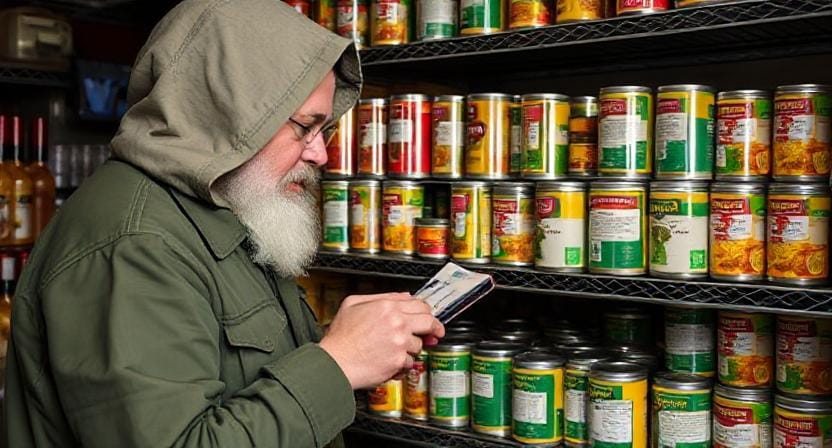
Speaking of expiration dates… yes, they do matter! I learned this lesson the hard way after discovering an ancient can of tuna from what felt like prehistoric times lurking at the back of my pantry. Seriously folks, unless you're trying to set up a museum exhibit on food preservation failures, check those dates regularly!
Most canned goods have a shelf life ranging from two to five years if stored correctly; however, some may last even longer! Always give your cans a quick visual inspection before using them—look for any bulging lids or rust spots that scream “I’m not safe!”
And remember: while many canned foods can still be edible past their expiration dates (thanks science!), safety should always come first. When in doubt… throw it out!
Proper Stacking Techniques
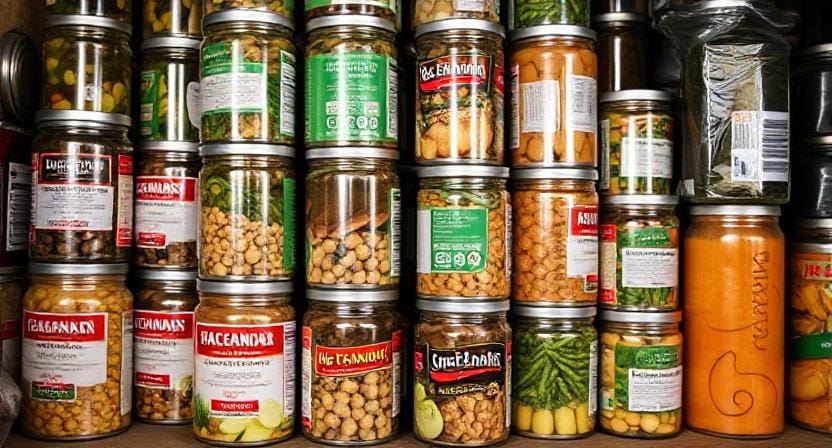
Now let’s get technical with stacking techniques because apparently there’s more than one way to pile up these metallic marvels without causing chaos—or worse yet—a can avalanche.
Avoid over-stacking your precious cargo; nobody wants to play Jenga with dinner supplies! Instead, opt for sturdy shelves designed specifically for heavy items or use plastic bins that won’t buckle under pressure (or weight). Keep heavier items lower down and lighter ones higher up—it’s basic physics!
Also worth noting: don’t forget ventilation! Canned goods need air circulation just like we do after Thanksgiving dinner. Overcrowding can lead to moisture buildup and mold growth—which is definitely not what anyone wants served at dinner.
The Importance of Rotation
Let’s talk about rotation. It’s like giving your cans a little dance party! You've got all these yummy canned goodies lined up like brave little soldiers waiting for their turn. But if you don’t use them right, they’ll end up hiding in the back, just waiting and waiting.
When you bring home new cans, grab the older ones from the front and move the newbies to the back. It’s like taking care of your friends. Let the older ones shine first! That way, nothing gets lost forever in the pantry jungle. Unless, of course, it's Aunt Edna's pickles. Those seem to have a way of sticking around way too long!
I totally get it. Life gets busy! Between work and Netflix marathons, who has time? But trust me, taking just a few minutes to rotate your cans can save you a lot of trouble later. You don’t want to open a can and find something… well, less than delicious.
So, keep that pantry lively! Give those cans a chance to shine. They'll be ready when you are, and your meals will taste so much better. Plus, you’ll feel like a pantry pro. Go on, give it a whirl!
Suggested Resources:
Canning Basics
https://www.extension.purdue.edu/extmedia/HHS/HHS-799-W.pdf
Food Storage Guidelines
https://www.foodsafety.gov/keep/charts/storagetimes.html
Understanding Food Expiration Dates
https://www.fsis.usda.gov/wps/portal/fsis/topics/food-safety-education/get-answers/food-safety-fact-sheets

Kevin Collier is a seasoned survivalist and expert in prepping and homesteading, contributing to WiseSurvive.com. With a deep-rooted passion for self-sufficiency and outdoor survival skills, Kevin shares practical advice, strategies, and resources to help individuals prepare for any challenge. His informative articles cover a range of topics, from essential survival techniques to sustainable living practices, empowering readers to thrive in any situation. Whether you're a novice or a seasoned prepper, Kevin's insights will inspire you to take charge of your readiness and build resilience for the future.


